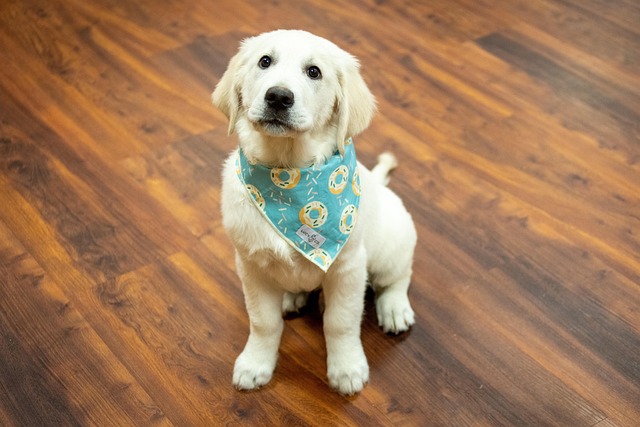
how many times a day can i give my dog hemp oil
Last weekend, I ran into Lena, a first-time dog owner, at the pet supply store near my apartment. She was holding a bottle of hemp oil and staring
Last Tuesday, my coworker Maria—who just got her first dog, a 6-month-old Poodle named Coco—burst into my office worried sick. “Coco’s eye is red and she won’t stop rubbing it,” she said, showing me a photo. “Is it allergies? An infection? I don’t know what to do!” If you’re a new U.S. dog owner staring at your pup’s irritated eyes, this confusion is totally normal. Allergies and eye infections share some symptoms, but mixing them up can mean delaying the right care. The good news is, you can tell them apart by looking at key signs: the type of discharge, other body cues, and how suddenly the issue starts—and knowing the difference helps you get your dog relief faster.
To understand why these two issues look similar but need different treatment, let’s start with the basics. Dog eye allergies happen when their immune system overreacts to harmless stuff like pollen, dust mites, or even a new dog shampoo. The body releases histamine, which causes redness, itching, and watery eyes—think of it like your dog’s version of seasonal allergies. Eye infections, though, are usually caused by bacteria (like Staphylococcus) or viruses (like canine distemper), and they irritate the eye by causing inflammation or even pus. Coco’s vet later explained that allergies are about an overactive immune system, while infections are about unwanted germs—two very different problems with two very different fixes.
Here’s how to spot the difference step by step: First, check the discharge: Allergies almost always cause clear, watery fluid (like human allergy eyes), while infections produce thick discharge that’s yellow, green, or even brown—and it might crust over your dog’s eyelid when they sleep. Second, look for other symptoms: Allergies often come with sneezing, itchy paws (your dog licks or chews them), or a runny nose. Infections usually stick to the eye area—think swollen eyelids, squinting (from pain), or even keeping one eye closed. Third, note timing: Allergies often start slowly (worse during pollen season or after a new detergent) and come and go. Infections hit fast—one day your dog’s eyes are fine, the next they’re red and oozing. For example, my neighbor’s Lab, Max, had allergy eyes every spring (watery, paired with paw-licking), while their other dog, Bella, once got a bacterial infection that came on overnight with thick green discharge.

Once you’ve guessed, here’s what to do: For mild allergies, wipe around the eyes with sterile saline (from pet stores) and avoid the trigger (e.g., keep windows closed during high pollen). For any infection signs—thick discharge, pain, or fast onset—call the vet right away (they’ll prescribe antibiotics or antiviral meds). Never scold your dog for rubbing their eyes—they’re itchy or in pain, not misbehaving, and punishment violates U.S. animal welfare standards. Instead, redirect them with a toy. For apartment living, use a HEPA filter to cut down on dust mites (allergies) and clean your dog’s bedding weekly to prevent germs (infections). When walking, always carry extra poop bags (cities like Atlanta fine $150 for leaving messes) and while at the vet, confirm your dog’s rabies vaccine is up to date (required nationwide).
Telling allergies from infections isn’t about being a pro—it’s about paying attention to small clues. With a little observation and a vet check when you’re unsure, you’ll have your pup’s eyes bright and comfortable in no time.

Last weekend, I ran into Lena, a first-time dog owner, at the pet supply store near my apartment. She was holding a bottle of hemp oil and staring

Walks around the neighborhood after work are a common routine for many dog owners, but squeezing in just 30 minutes might not cut it for every pup.

I sat with my friend Clara last summer as her 4-year-old Labrador, Cooper, lay listlessly on her apartment floor—three days after he’d suffered heat stroke at a park picnic.

I was at a Florida park last August when I noticed a woman frantically waving for help—her 3-year-old Golden Retriever, Daisy, was lying on the asphalt

I rushed over to my friend Mia’s apartment last month after she texted, panic-stricken: Her 10-week-old German Shepherd puppy

If you’ve just brought home a fluffy long-haired pup—maybe a Golden Retriever or a Shih Tzu—you’ve probably wondered how to keep their coat from turning into a matted mess.